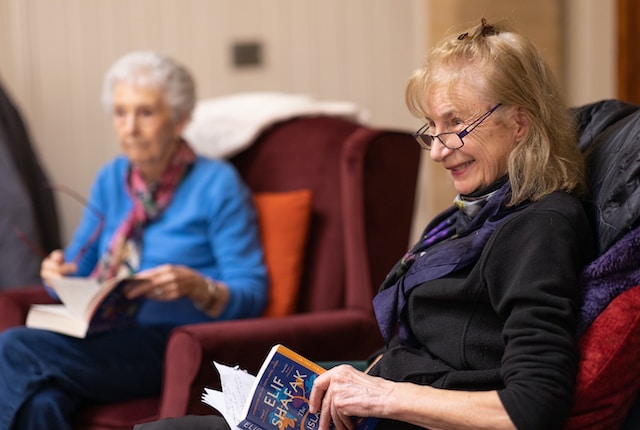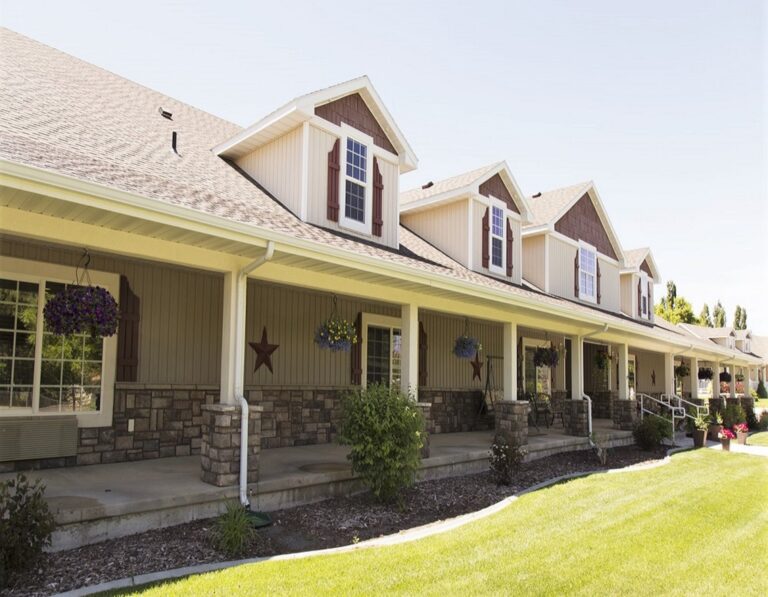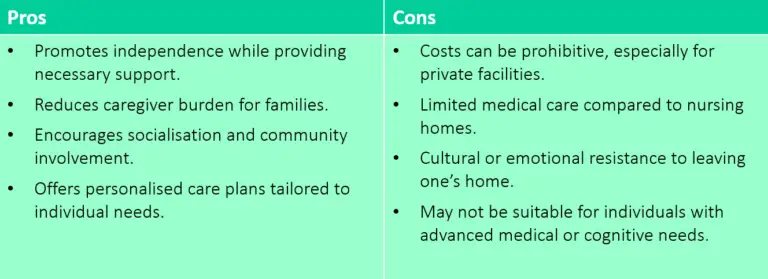Page Contents
Assisted living is a type of residential care that offers a balance between independent living and the comprehensive support provided in nursing homes. Assisted living facilities are designed to cater to seniors who require some assistance with daily activities such as bathing, dressing, or medication management but do not need intensive medical care. These communities typically promote autonomy and social engagement, offering a home-like environment where residents can maintain their dignity and independence while receiving necessary support.
The growing popularity of assisted living
The demand for assisted living is increasing worldwide, driven by ageing populations and a shift in societal attitudes towards eldercare. Seniors and their families are seeking solutions that prioritise quality of life, and assisted living facilities offer an appealing alternative to traditional nursing homes.
In countries like the United States and Japan, assisted living communities are thriving, with features such as memory care units and wellness programs attracting residents. In Singapore, newer housing models like the Community Care Apartments reflect a growing recognition of assisted living as a viable eldercare option. This trend highlights the need for adaptable care solutions that cater to diverse needs and preferences.

Types of assisted living models around the world
Assisted living models vary across cultures and societies, reflecting local values and healthcare systems:
United States
Assisted living facilities often resemble private apartments with shared communal spaces, offering a wide range of services from basic support to specialised memory care.Japan
Known for its super-aged society, Japan’s assisted living models emphasise technology integration, such as robotics and smart home systems, to enhance safety and comfort.Nordic countries
Assisted living in countries like Sweden and Denmark is often part of publicly funded eldercare systems, with an emphasis on community-based living and sustainability.Singapore
Community Care Apartments, a hybrid housing model by HDB, provide a blend of independent living and access to care services, targeting middle-income seniors.

Services provided in assisted living
Assisted living facilities offer a variety of services tailored to meet the needs of their residents, including:
Personal care
Assistance with activities of daily living (ADLs) such as grooming, bathing, and dressing.Medical support
Medication management, health monitoring, and access to on-call medical professionals.Nutrition and dining
Nutritious meal plans designed to cater to dietary needs and preferences.Social engagement
Recreational activities, group exercises, and cultural events to foster community and combat loneliness.Housekeeping
Laundry, cleaning, and maintenance services to ensure a comfortable living environment.
Who is suitable for assisted living?
Assisted living is best suited for seniors who fall into specific categories based on their physical, emotional, and social needs:
Individuals needing help with daily tasks
Seniors who find it challenging to manage activities of daily living (ADLs) such as bathing, dressing, or meal preparation but do not require round-the-clock medical supervision.Seniors seeking a community environment
Those who feel isolated or lonely at home and wish to engage in social activities, group exercises, and communal dining experiences.People with mild to moderate health conditions
Individuals who require medication management or periodic health monitoring but can maintain a level of independence with support.Elderly facing caregiver constraints
Families or caregivers who are unable to provide consistent care due to work commitments or other responsibilities may find assisted living a suitable option for their loved ones.Active seniors planning ahead
Older adults who want to transition into a supportive environment early, ensuring access to care as their needs evolve over time.
It is essential to evaluate personal circumstances, health status, and long-term needs to determine if assisted living is the right choice for an individual.
Pros and cons of staying in assisted living
There are several pros and cons of seniors staying in an assisted living facility as below:

Conclusion
Assisted living offers a middle ground between independent living and nursing home care, making it a compelling option for seniors who value autonomy but need some level of assistance. However, it is not a one-size-fits-all solution. While assisted living focuses on quality of life and community, it may fall short for individuals requiring intensive medical care, where nursing homes or other specialised facilities are more appropriate. Ultimately, the choice depends on individual needs, preferences, and financial resources. For many, assisted living represents a dignified and enriching alternative to traditional residential care homes, fostering a sense of independence and belonging in their later years.
